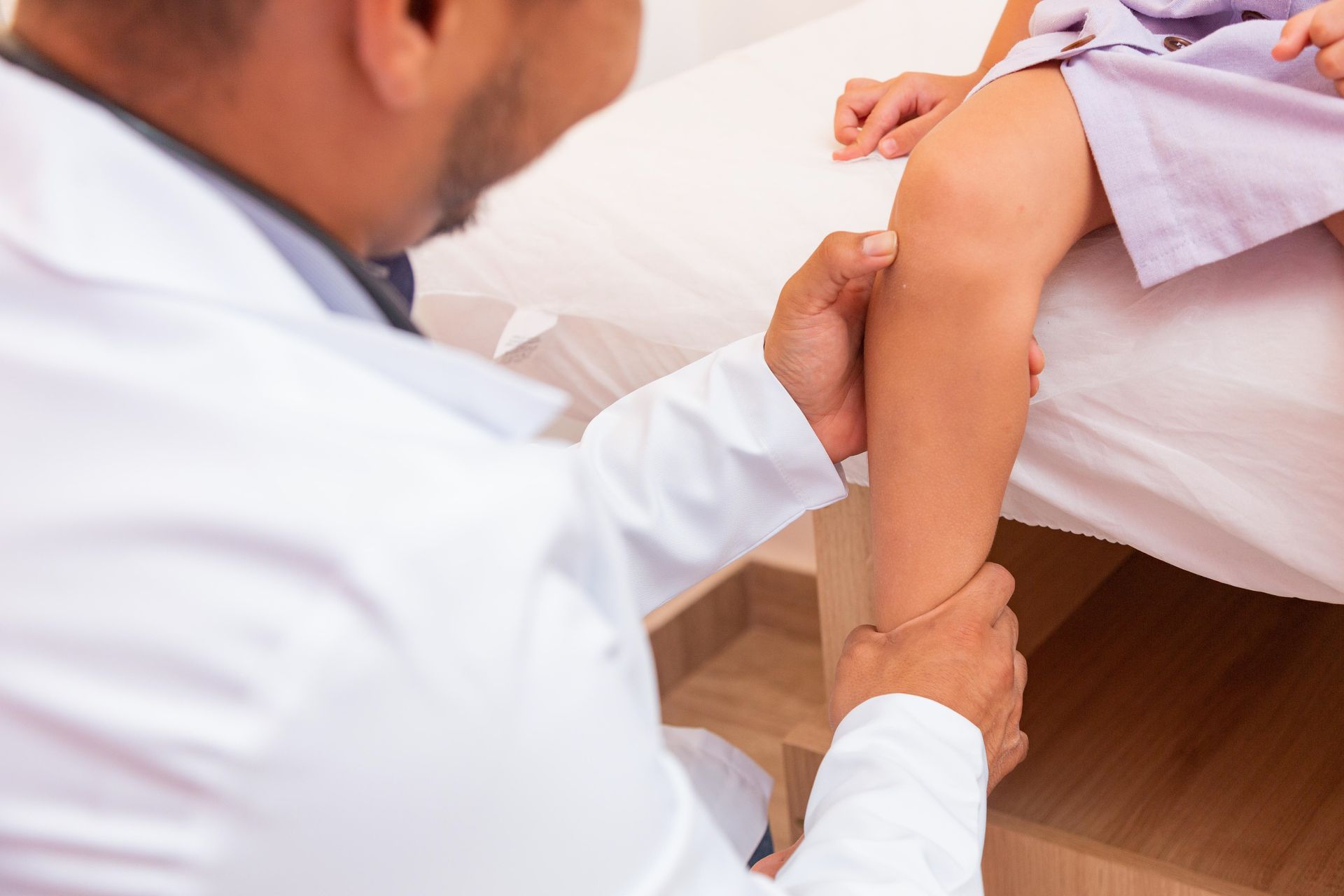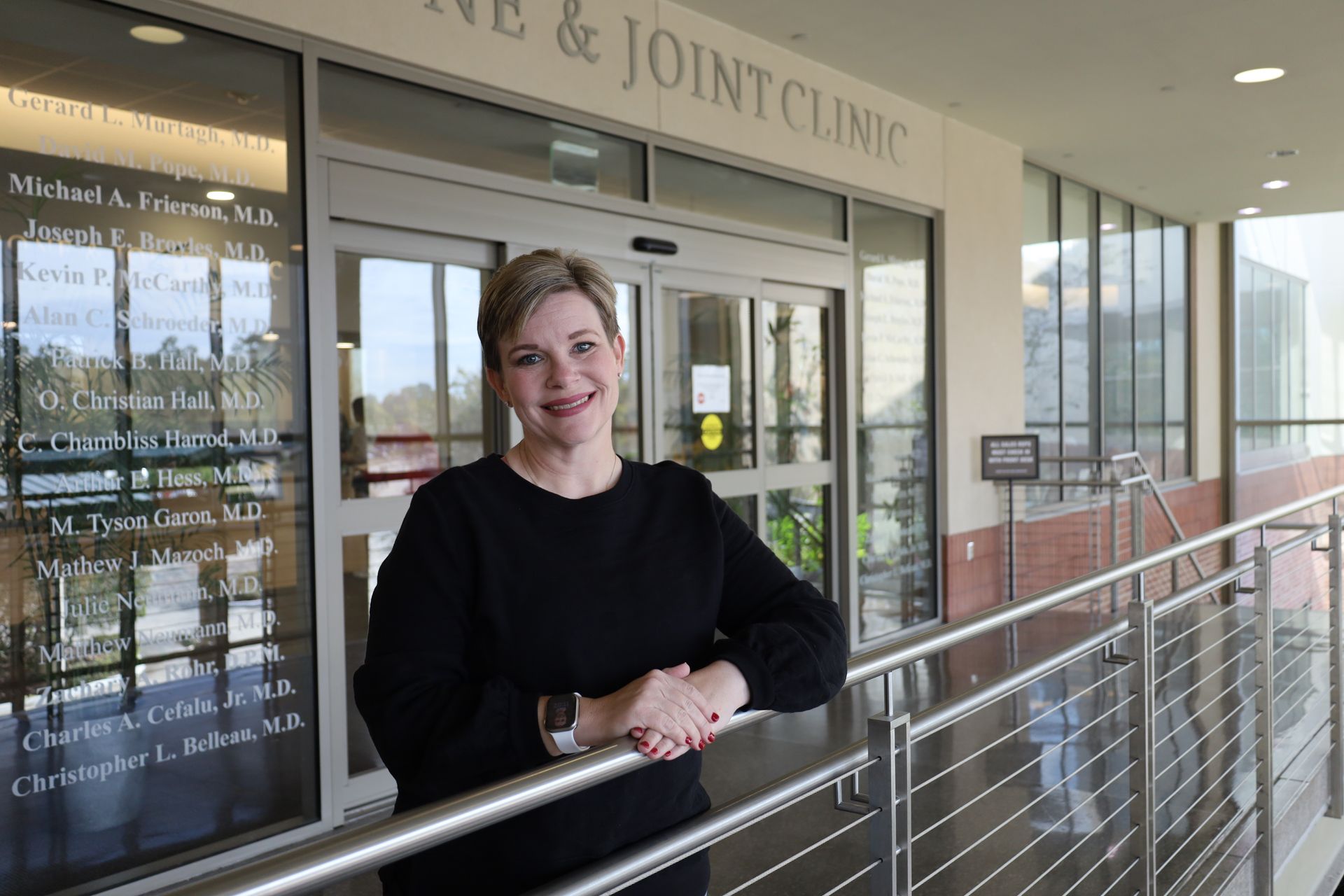Pediatric Orthopedics Baton Rouge
What are Some Common Orthopedic Conditions in Children?
Orthopedic conditions which can affect children include injuries due to acute trauma such as broken bones and damaged ligaments or tendons. Spinal conditions include spina bifida and scoliosis are also possible orthopedic concerns.
What Are The Symptoms Of A Broken Bone In A Child?
The symptoms of a pediatric broken bone are typically, but not always, easily identifiable. In most cases, a fracture is accompanied by pain, swelling, and tenderness at the injury site. It may also display redness or bruising and limited mobility. Oftentimes, a child is unable to move or place pressure on the injured limb.
How Does A Pediatric Fracture Affect Growth Plates?
Fractures to the growth plate account for about 15 percent of all breaks in childhood. The majority of these occur in the growth plate at the end of the radius, or forearm, but those affecting the knee are the most likely to result in complications. The most common complication of a growth plate fracture is arrested bone growth in which the affected bone does not grow to its full length. Depending on the nature of the break, it may have a slight deformity or be a different length than the same bone on other side of the body.
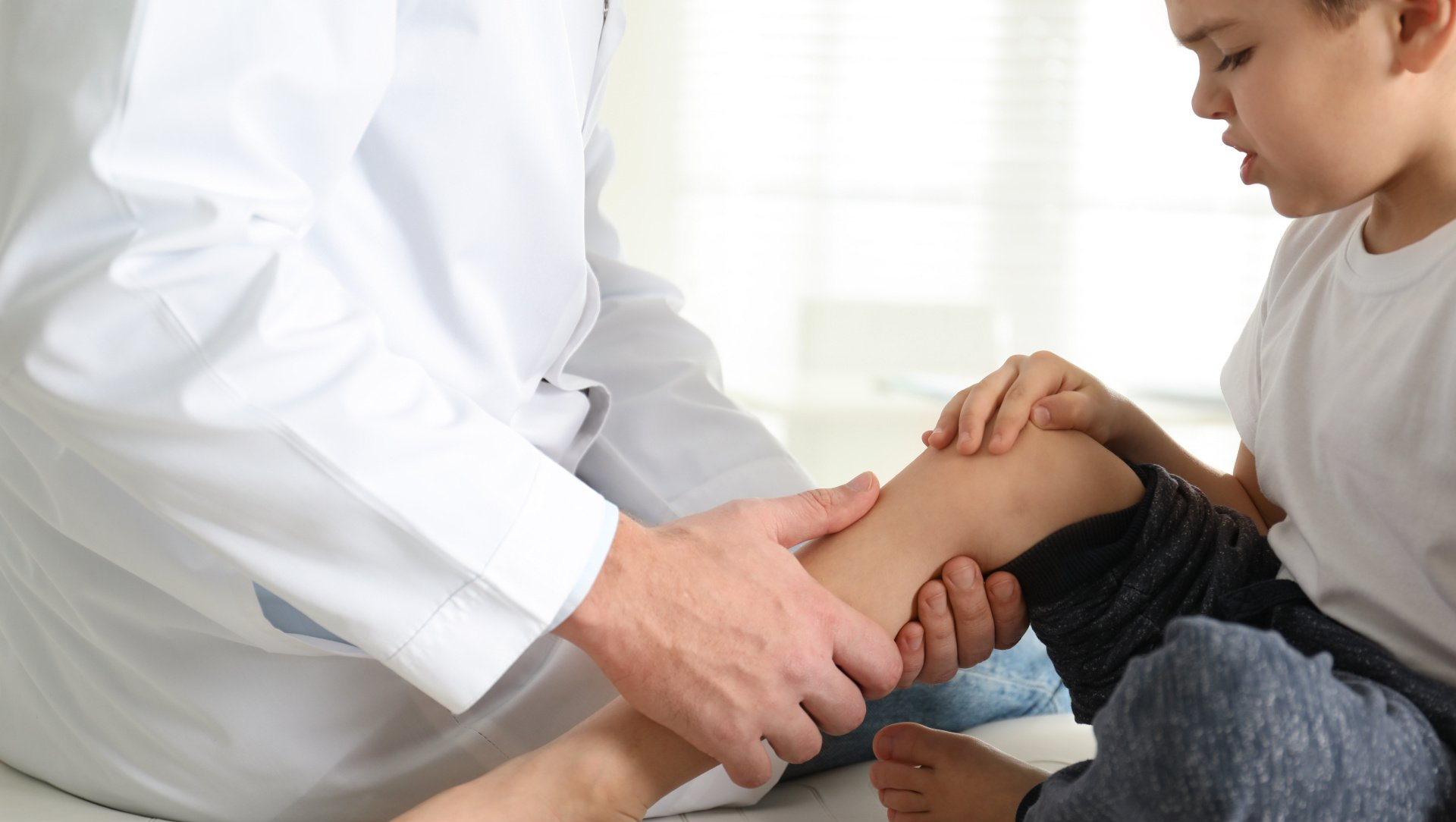
How Are Broken Bones Treated In Children?
Most broken bones heal on their own with monitoring and treatments such as immobilization with a cast, brace, or splint. In some cases, physical therapy may also be part of the recovery process. In more severe or complicated breaks, surgical intervention may be needed to properly position and secure the bone with screws and/or rods as it mends. Depending on the type, location, and severity of the break, recovery can take several weeks to months.
How Can Spina Bifida Be Prevented?
The single most impactful measure in the prevention of spina bifida has been the recommendation of daily folic acid supplementation for women who are pregnant or of child bearing age. This simple change can help reduce the risk of having a child impacted by spina bifida by up to 70 percent.
How Is Spina Bifida Treated?
While there is no cure for spina bifida, there are treatment options available which can help manage the condition and reduce associated complications. In most cases, this will include the use of physical therapy, medications, and the use of devices such as back braces. However, more severe cases may require surgery to replace the exposed sack and nerves into the spine and close the opening.
Is My Child At Risk For Developing Scoliosis?
Scoliosis is a sideways curvature of the spine in the shape of an S or C. While any child can develop scoliosis, it is most often seen in children aged 10 to 12 during the growth spurt that occurs just before puberty. It is also more likely to occur in girls than boys.
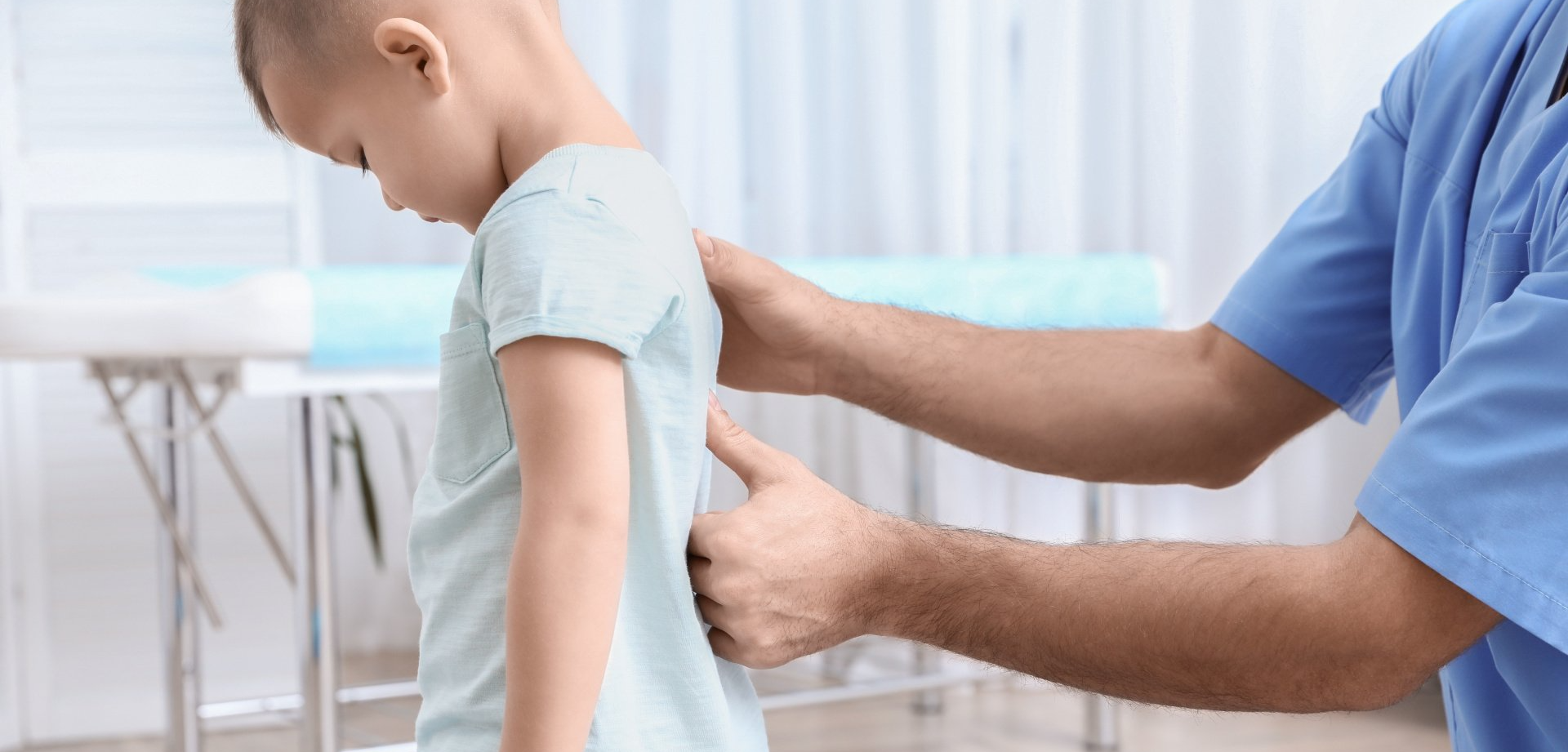
How Can I Tell If My Child Has Scoliosis?
You can look for signs of scoliosis in your own child by checking for signs of asymmetry. Is one shoulder higher than the other? Have them bend forward and touch their toes. Does one hip or one side of the rib cage appear higher than the other? If you do these tests and still suspect that your child has scoliosis, prompt attention from an orthopedic specialist is crucial for timely and effective treatment.
Will My Child Need Surgery For Scoliosis?
For children who are young and whose degree of curvature is considered mild (less than 25 degrees), treatment will likely begin with regular observation and examination. In cases where more skeletal growth is to come and the curvature of the spine exceeds 25 degrees, bracing is the likely next step. These braces are rigid and designed to help impede continued curving of the spine. In severe cases of scoliosis where the curve exceeds 45 degrees and bracing has not been effective, surgical intervention may be necessary to decrease the severity of the curve and to prevent it from worsening.
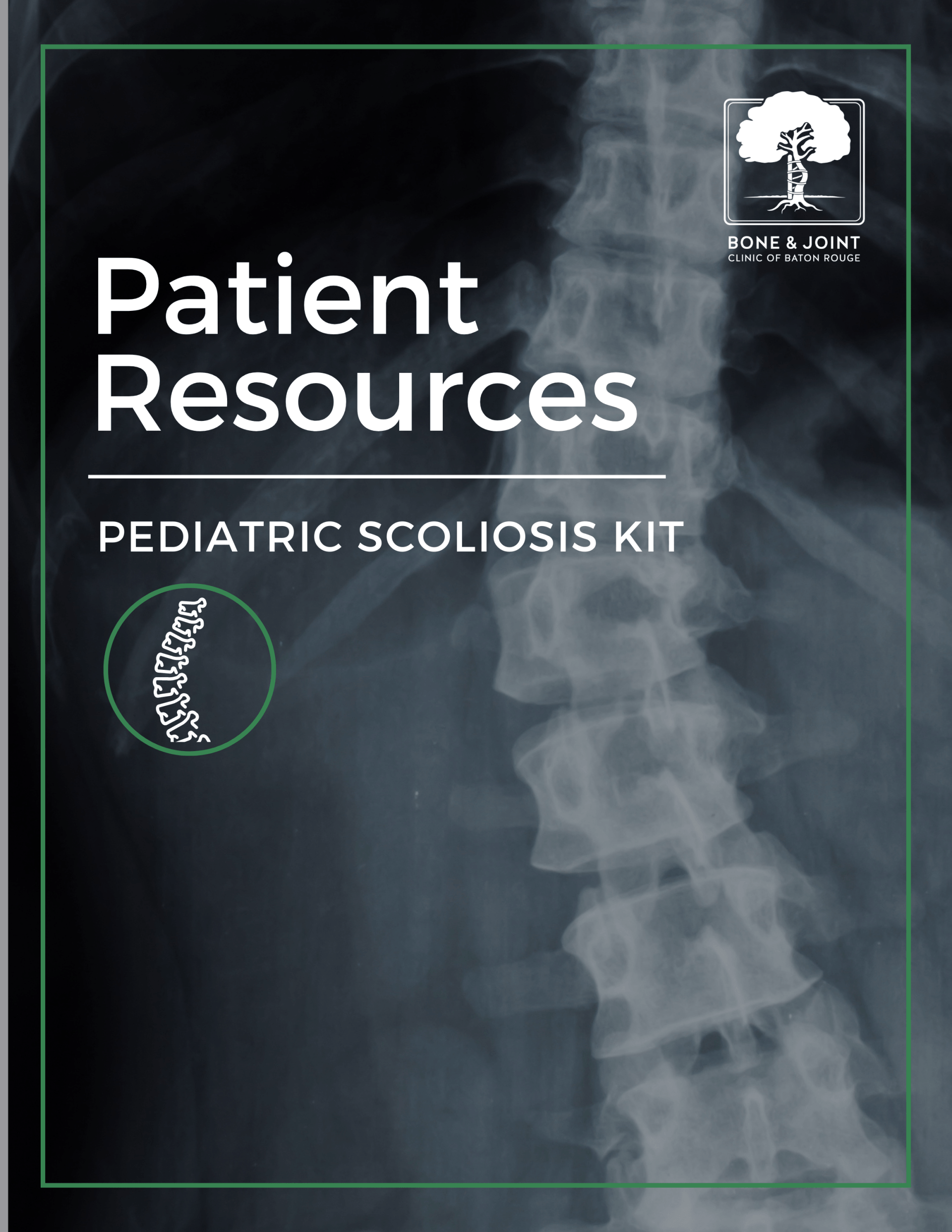
Download the Pediatric Scoliosis Patient Kit today
All Scoliosis resources in one place.
Learn more about Pediatric Scoliosis
There are numerous conditions associated with pediatric care that require highly specialized treatment, and many are present at birth. These conditions include scoliosis, congenital clubfoot deformities, spina bifida, and cerebral palsy. Treatment is sometimes conservative, but in some cases, intricate surgical procedures are necessary.
RELATED READING

